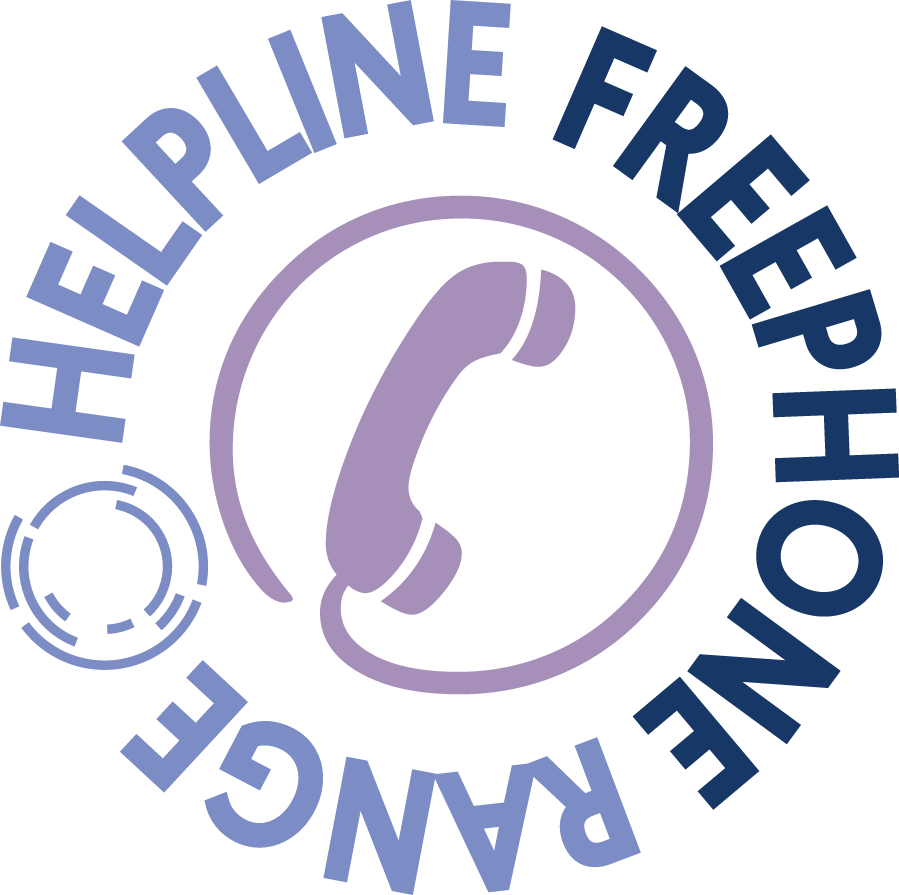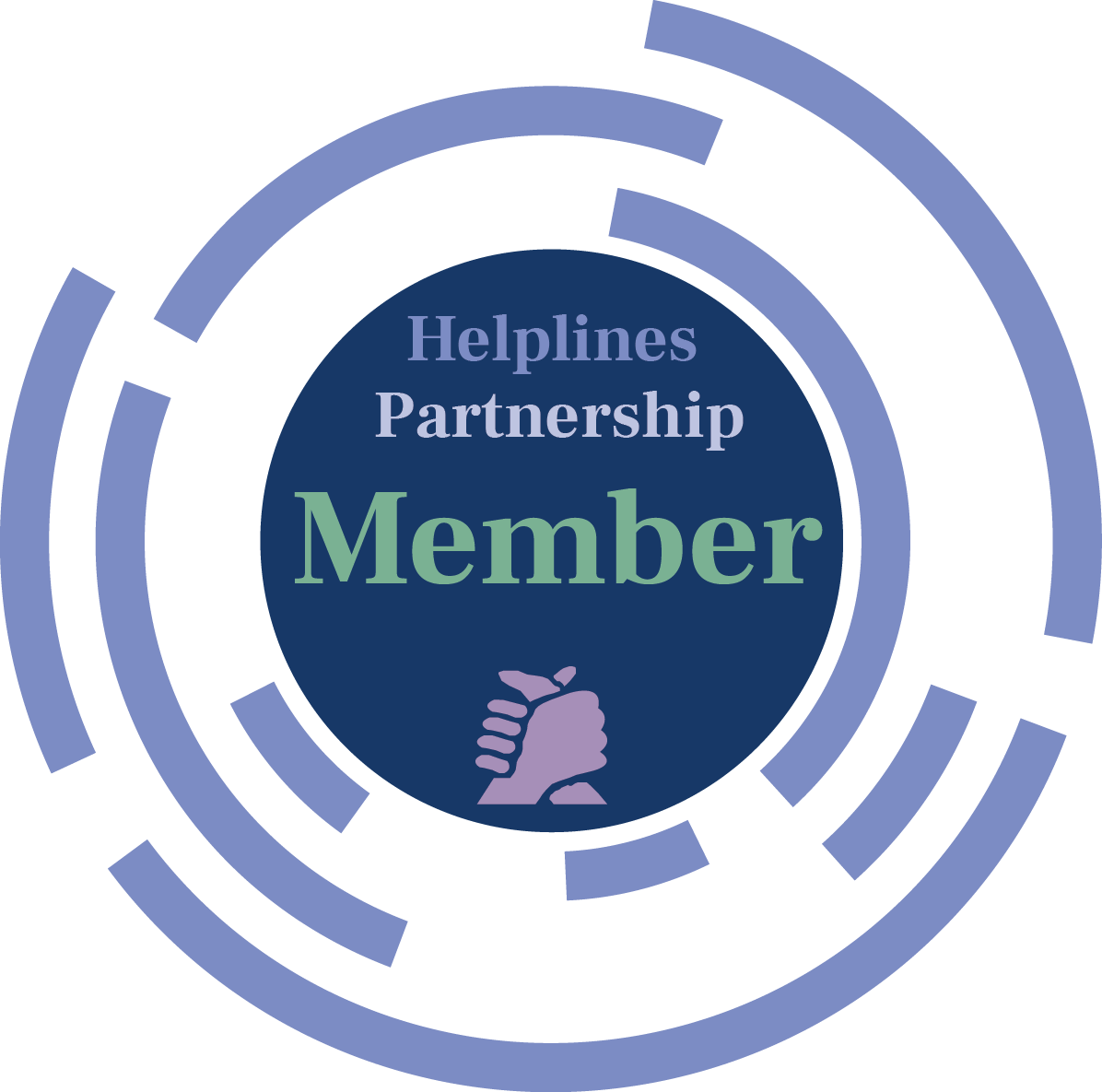The sudden, unexpected death of a baby or young child is one of the most difficult things a family can go through. We are here for you whenever you need us, for as long as it feels helpful.
The Lullaby Trust’s safer sleep advice is based on research into ‘modifiable risk factors’. There is a significant difference between ‘modifiable risk factors’ and your baby’s cause of death. The two are not the same.
We hope that by explaining the difference between risk and cause, it will help to remove a possible barrier to you accessing our support.
The search for a reason
It is a normal and expected part of grief for our minds to try and find some sort of explanation, following the sudden and unexpected death of our baby or young child.
Our rudimentary brains were designed to protect us from sabre-toothed tigers. The brain learns through cause and effect, so when we experience modern day trauma, our brains try to give us some understanding of how we managed to survive the event. Helpful if we come across a sabre toothed tiger in the past, not helpful if the thing we survived was the tragic, unexplainable death of our child.
The meaning-making and guess work can be emotionally hard-going. It might feel as if we are on a rollercoaster, lurching from one theory to the next, with all of its accompanying emotions.
Sometimes our ‘what if’s’ may be based on our circumstances or events around the time of our little one’s death. At other times, they may come from things we have seen, heard or read:
“We followed all the advice on how to prevent SIDS. We waited until he was 6 months old to put him in his own room, he slept on his back, used a dummy and we had a breathing monitor under his mattress. The only thing I couldn’t do was breastfeed.” – Bereaved Parent
“The inquest result came back as ‘unascertained’. The result just left me with so many unanswered questions: how can a healthy baby die? Was there anything wrong with her or any signs that we had missed? And obviously I was thinking that she shouldn’t have been in bed with me.” – Bereaved Parent
“I don’t know where I would be without the support of The Lullaby Trust, but my stomach twists each time I see the safer sleep information. It feels like a wave of ‘what if’s’ and assumptions that my baby’s death could have been prevented. I find those feelings really hard to handle.” – Bereaved Parent
The Triple Risk Hypothesis Model
As yet, we do not know why babies die from SIDS and we are continuing to work hard to support research into SIDS and safer sleep. However, current thinking favours the Triple Risk Hypothesis Model. This is the theory that when all three of the following risks come together at once, SIDS may be more likely to occur in some infants: (not the one thing that we might, or might not have done)
- The baby has an underlying vulnerability such as immaturity, failure of their arousal (waking) responses, genetic factors, or infection
- The baby is at a critical period of their development
- There is an external factor in action such as the infant is placed prone to sleep
FAQs
My baby’s inquest report says that their cause of death was ‘SIDS in the context of unsafe sleep practices’. Do they think I caused my baby’s death?
Click here to open this question
No, not at all. If the coroner had found that your baby died because of a certain reason, your baby’s death would be recorded as that specific cause, not as SIDS.
However, by understanding the full contexts of all infant deaths, patterns may emerge which help us to learn more about SIDS, so any modifiable risk factors often get recorded too.
Coroners, and all of the professionals you may meet following the death of your baby or young child, know and appreciate the deep love and care that you gave to your child.
I would like some support but I feel worried about speaking to someone at The Lullaby Trust because of their safer sleep advice. I fear that I might be judged.
Click here to open this question
You will absolutely not be judged. We understand the full devastating range of fears, worries and emotions that come along with grief and bereavement.
We are here for you whether your child has been given a specific cause of death, a SIDS/unascertained cause of death, or whether you are still waiting for the post-mortem report.
Our bereavement support team are here to listen, and we are care in an empathetic and non-judgemental way. We also have a wonderful community of Befrienders, each with their own lived experience of bereavement, who are ready to support you.
Feedback from our bereaved familes shows that our support:
- Felt warm and at the right pace
- Felt easy
- Helped them to talk openly
- Helped them to feel understood and held
- Helped them feel calmer and relieved
- Gave them hope
- Gave them a sense of connection to others who have been through something similar
Contact us
Please do not let fear stop you reaching out for support. You deserve the chance to feel heard, valued and supported, when you need it most, for as long as it feels helpful. That is our priority.
If you would like to speak to someone from our bereavement support team, here are the details:
- PHONE:
- 0808 802 6868
- Weekdays: 10am-2pm
- Weekends and public holidays: 6-10pm
- EMAIL:
- support@lullabytrust.org.uk
A mini guide to calling Bereavement Support:
 |
 |
 |

